The TOM-group has established key courses in the Master of Science Program in Biomedical Engineering at the University of Bern which are particularly relevant for the research goals of the TOM-group.
Current courses include:
•Tissue Engineering†(Benjamin Gantenbein,†Ali Hashemi Gheinani, Lorenz Meier, Eric Felli, Sarah Longnus,†Dr. Alessandro Bertolo)
•Tissue Engineering†Practical Course†(B. Gantenbein,††A. Bertolo, Y. Baumgartner, P. Torabi, P. Bermudez-Lekerika, K. Crump)
Description:
The primary aim of this course is to become familiar with the basics of cell and tissue culture. The students will be introduced to basic laboratory techniques doing actual bench work. It is intended for biomedical engineers that are “beginners” of cell culture and tissue engineering. High weight will be given to 3D culture systems, such as hydrogels but also to the most commonly used protocols to characterize a culture system, such as proliferation, activity, and matrix production, e.g. DNA content, glycosaminoglycan content, cell viability and cell activity, respectively. Students will learn how to maintain cells in culture in 2D but also in 3D culture using hydrogels. Furthermore, students can get familiar with proper pipetting and preparation of culture media. These skills will be exercised within the framework of a 2-week experiment where primary cells will be harvested from tissue from the abattoir. Cells will be seeded in 3D carriers, e.g. alginate, agarose and these culture systems will be compared to the 2D monolayer. The handling of growth factors and real-time RT-PCR will be demonstrated. The theory and own results of the practical exercises are discussed between the experimental work. For this year there will be new two guest presentations on cardiac tissue engineering (presented by PD Dr Marie-NoŽlle Giraud and lung regeneration by Prof. Barbara Rothen-Rutishauser.
Main Learning Outcomes:
- The student learns...
- how to properly pipette liquids
- gets familiarized with the molar thinking
- learns how to target a primary tissue and how to isolate cells and establish a primary cell culture
- learns how to deal with a selection of hydrogel biomaterials
- learns how to deal with the basics of primary mammalian cell culture
- learns how to perform basic biochemical assays (e.g. glycosaminoglycan production per DNA content)
- learns how to extract RNA
- learns how to pipette a real-time RT-PCR reaction
- learns how to analyze statistically relative gene expression data
- learns interpretation of own data and how to write a scientific report in a manuscript format
Previous Courses, Gallery List
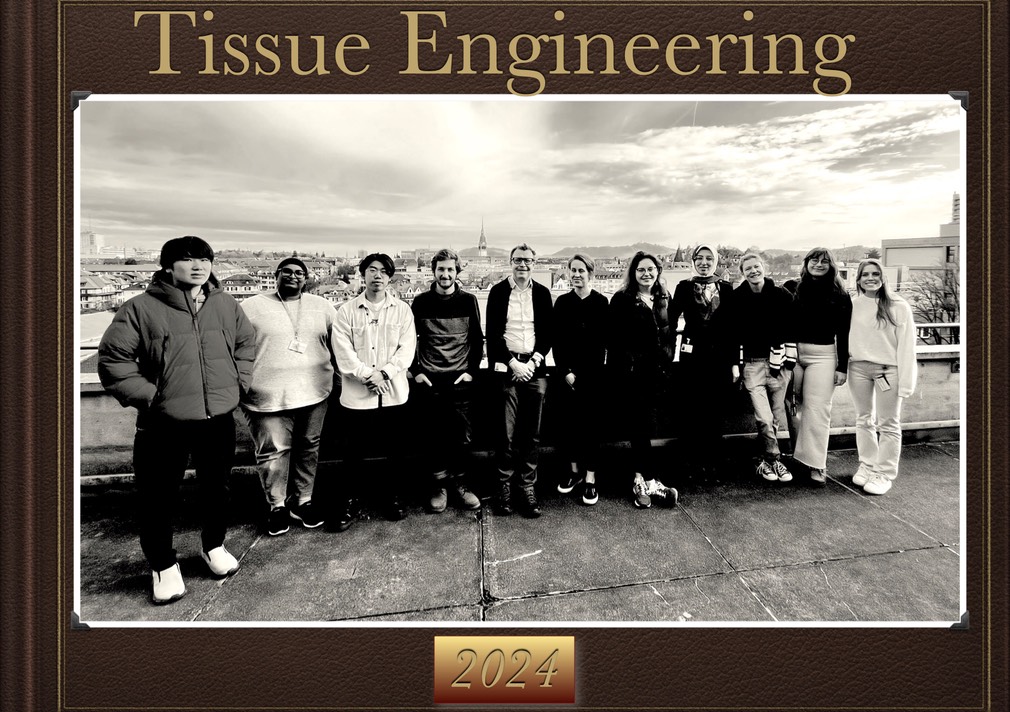
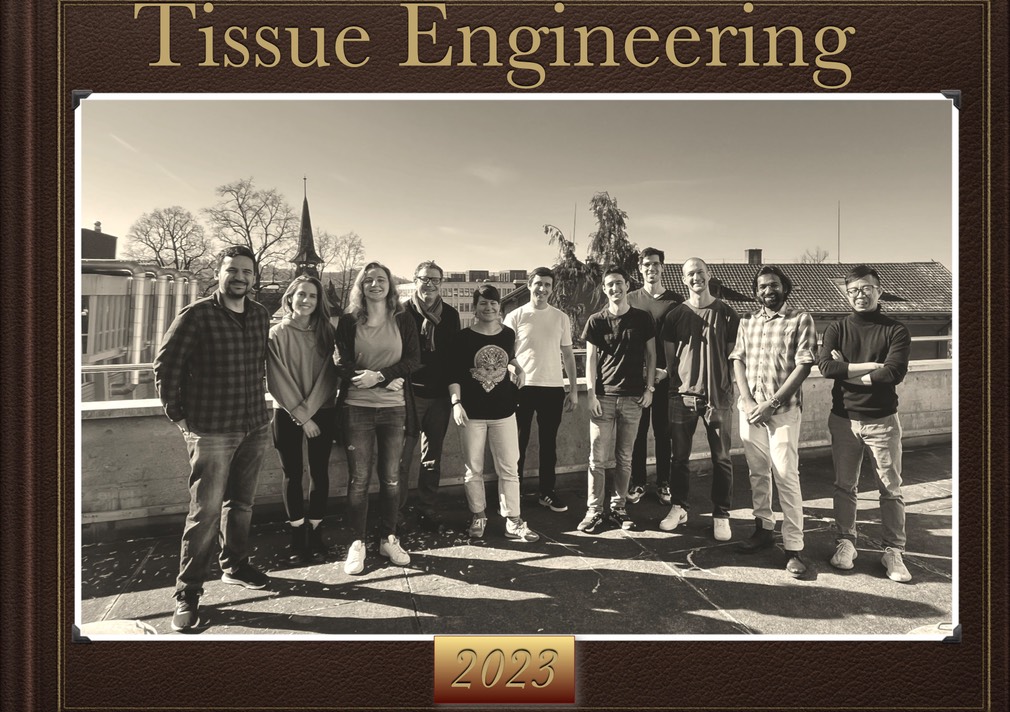
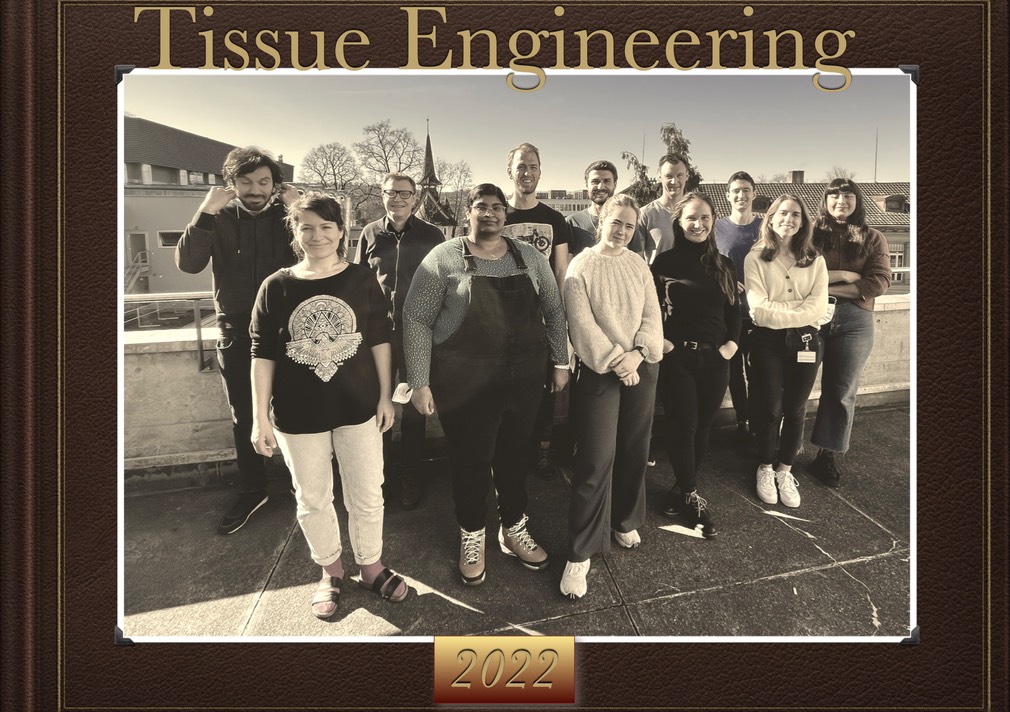
Tissue Engineering Course 2022 - The saga continues after a longer break!
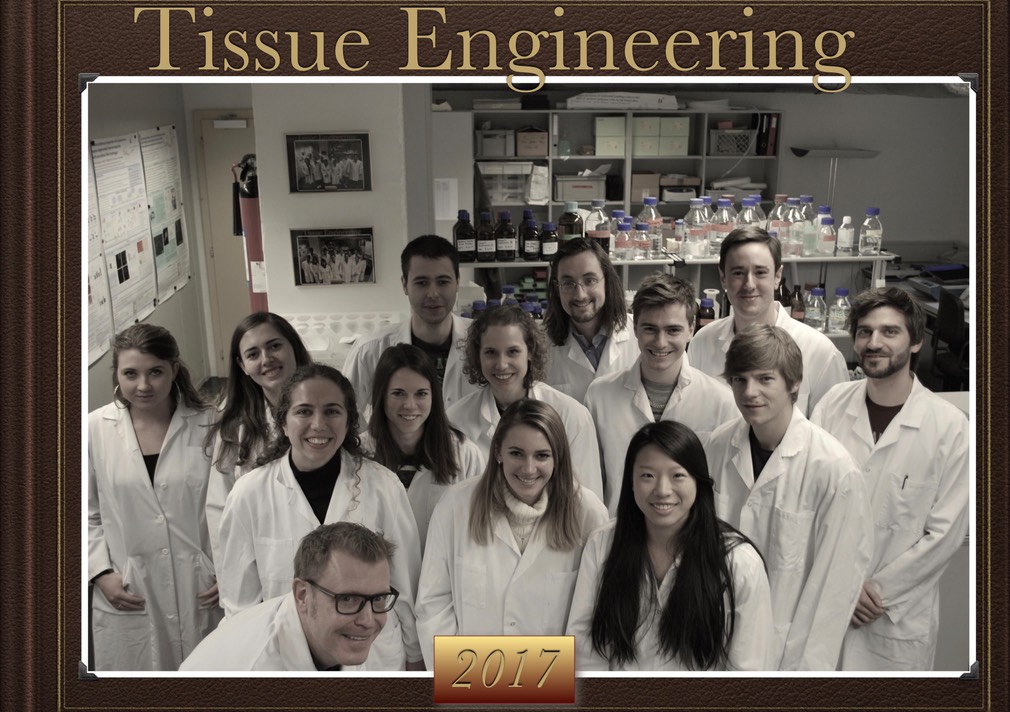
Tissue Engineering Course 2017
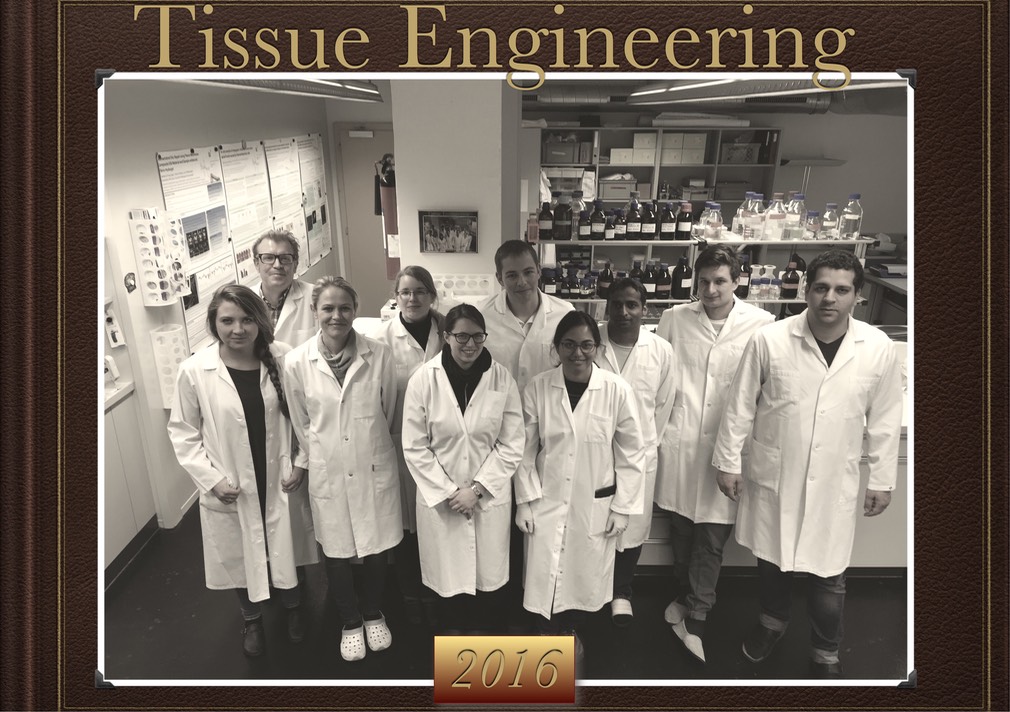
Tissue Engineering Course 2016
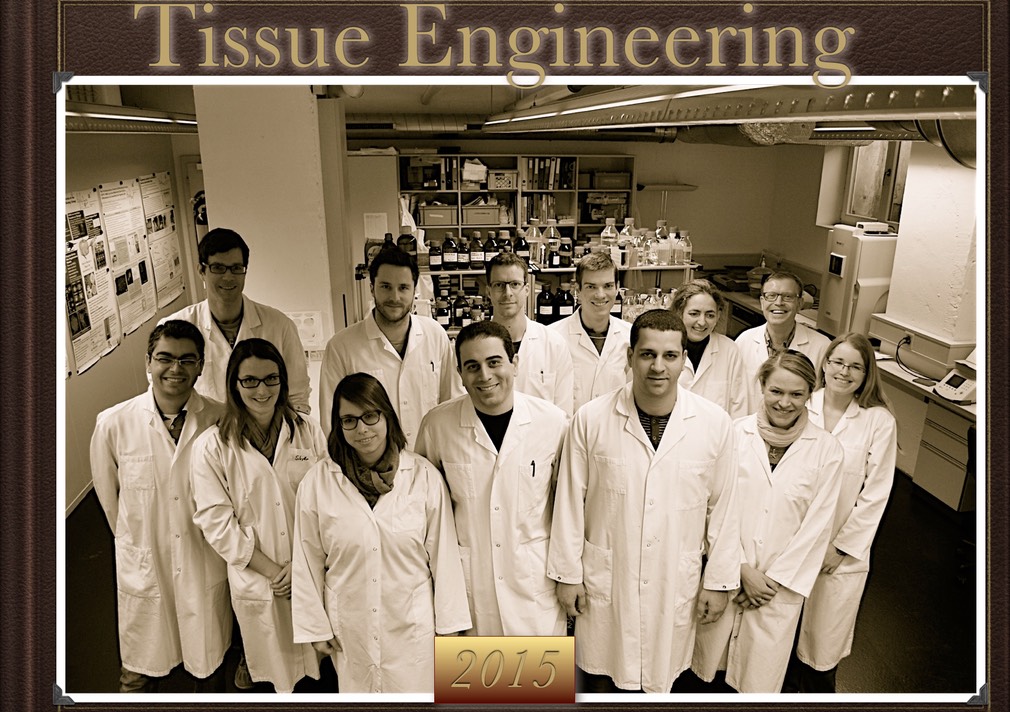
Tissue Engineering Course 2015
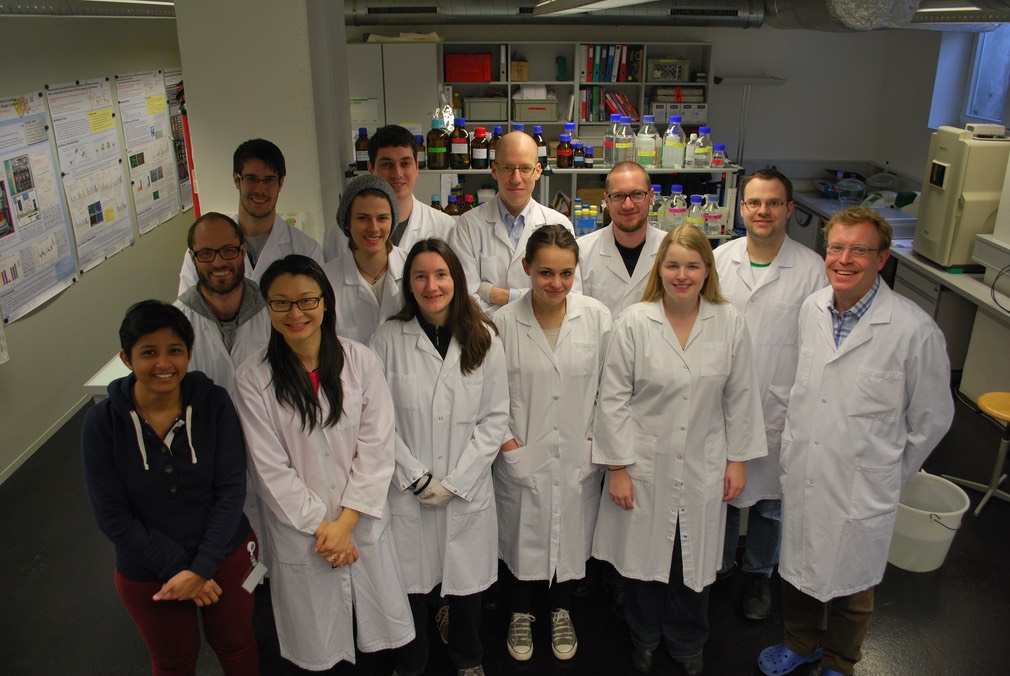
Tissue Engineering Course 2014

Tissue Engineering Course 2013

Tissue Engineering Course 2012